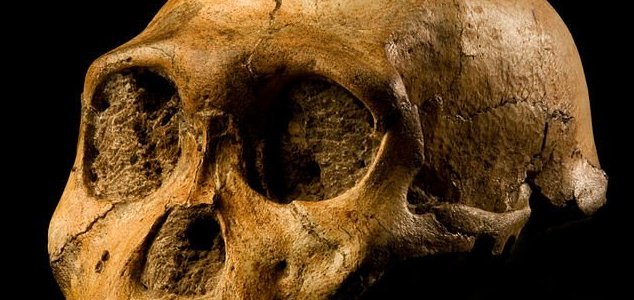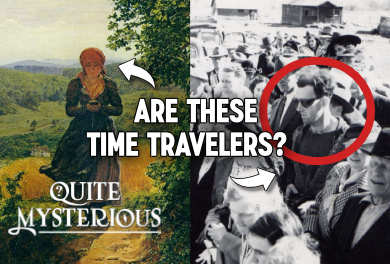Palaeontology
January 20, 2019 · 0 comments
0 comments

Australopithecus lived two million years ago. Image Credit: CC BY-SA 4.0 Brett Eloff
More complete than the famous 'Lucy' specimen from Ethiopia, the skeletons were of a young male and adult female - both believed to be somewhere around two million years old.
For a time, it wasn't even clear that the two belonged to the same species, but now, following a decade of research in to the finds, researchers have concluded that they are indeed the same.
The study has also revealed more about what these early hominins may have been like.
"Our interpretations in the papers suggest that A. sediba was adapted to terrestrial bipedalism, but also spent significant time climbing in trees, perhaps for foraging and protection from predators," wrote New York University anthropologist Scott Williams.
"This larger picture sheds light on the lifeways of A. sediba and also on a major transition in hominin evolution, that of the largely ape-like species included broadly in the genus Australopithecus to the earliest members of our own genus, Homo."
Source: Heritage Daily | Comments (0)
Malapa skeletons are the same hominin species
By T.K. RandallJanuary 20, 2019 ·
 0 comments
0 comments
Australopithecus lived two million years ago. Image Credit: CC BY-SA 4.0 Brett Eloff
Anthropologists have published the results of a new study in to two fossil skeletons found in South Africa.
The skeletons, which were unearthed in 2008 at the fossil site of Malapa within the Cradle of Humankind World Heritage Site near Johannesburg, belong to an early hominin known as Australopithecus sediba.More complete than the famous 'Lucy' specimen from Ethiopia, the skeletons were of a young male and adult female - both believed to be somewhere around two million years old.
For a time, it wasn't even clear that the two belonged to the same species, but now, following a decade of research in to the finds, researchers have concluded that they are indeed the same.
"Our interpretations in the papers suggest that A. sediba was adapted to terrestrial bipedalism, but also spent significant time climbing in trees, perhaps for foraging and protection from predators," wrote New York University anthropologist Scott Williams.
"This larger picture sheds light on the lifeways of A. sediba and also on a major transition in hominin evolution, that of the largely ape-like species included broadly in the genus Australopithecus to the earliest members of our own genus, Homo."
Source: Heritage Daily | Comments (0)

The Unexplained Mysteries
Book of Weird News
AVAILABLE NOW
Take a walk on the weird side with this compilation of some of the weirdest stories ever to grace the pages of a newspaper.
Click here to learn more

Support us on Patreon
BONUS CONTENTFor less than the cost of a cup of coffee, you can gain access to a wide range of exclusive perks including our popular 'Lost Ghost Stories' series.
Click here to learn more
Israel, Palestine and the Middle-East
United States and the Americas
Spirituality, Religion and Beliefs
Ancient Mysteries and Alternative History
Total Posts: 7,768,150 Topics: 325,018 Members: 203,762
Not a member yet ? Click here to join - registration is free and only takes a moment!
Not a member yet ? Click here to join - registration is free and only takes a moment!


































Please Login or Register to post a comment.